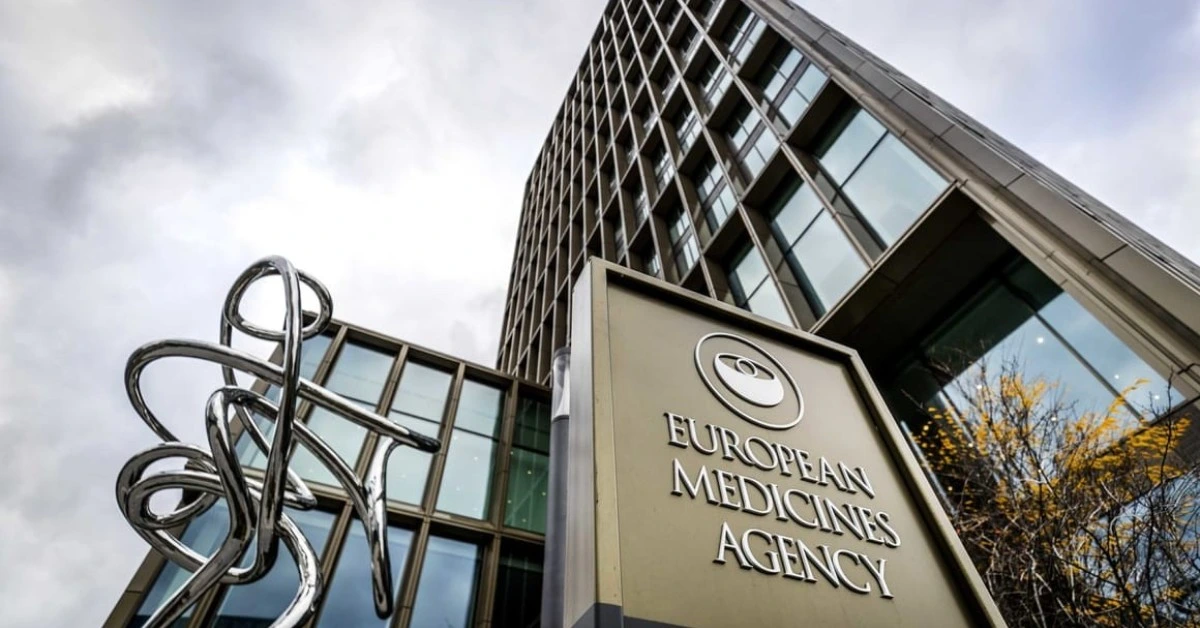
BELGIUM – The European Medicines Agency (EMA) has officially launched the first version of the European Shortages Monitoring Platform (ESMP).
This platform is designed to streamline the reporting and management of medicine shortages across the European Union (EU) and European Economic Area (EEA).
The platform, which became operational on November 28, 2024, enables marketing authorisation holders (MAHs) to report shortages of centrally authorised medicines.
The platform’s launch marks the beginning of a transition period that will last until February 2, 2025, after which its use will become mandatory.
A second version of the ESMP is scheduled for release in the same month, introducing comprehensive functionalities for both MAHs and national competent authorities (NCAs).
These expanded capabilities will include submitting detailed data on the supply, demand, and availability of medicines during crises and preparedness initiatives, led by the EMA’s Medicines Shortages Steering Group (MSSG).
How the ESMP works
The ESMP is designed to centralise and automate data collection, providing real-time insights into medicine availability.
Integrated with the EMA’s data management services, the platform aims to enhance coordination between regulatory bodies and improve the prevention, monitoring, and resolution of shortages.
A growing concern: Medicine shortages
The urgency of this initiative comes amid ongoing medicine shortages in Europe.
The EMA’s monitoring catalogue currently lists 30 active shortages, including widely used GLP-1 receptor agonists like Novo Nordisk’s Ozempic (semaglutide) and Saxenda/Victoza (liraglutide), as well as Eli Lilly’s Trulicity (dulaglutide).
On the positive side, 26 shortages have been resolved, such as Novo’s Rybelsus (semaglutide).
Earlier this year, the EMA urged manufacturers like Novo Nordisk and Eli Lilly to increase production capacity for weight loss and diabetes medications to meet surging demand.
Member states were also encouraged to share information and implement mitigation strategies to stabilize supplies.
Legal framework and broader mandate
The EMA’s expanded role in managing shortages was formalized in March 2022 and extended in February 2023 to include medical devices.
This mandate underscores the EMA’s commitment to improving communication among regulators, manufacturers, and healthcare providers to ensure the availability of medicines during public health crises and other major events.
According to the EU, medicine shortages pose a growing threat to public health, exacerbated by global supply chain disruptions and increased demand during the COVID-19 pandemic. A statement from the EMA highlighted:
“Shortages of medicinal products undermine healthcare systems and significantly jeopardize patients’ access to essential treatments.”
While shortages are a pressing issue in Europe, the challenge is not confined to the region.
In the U.S., the FDA recently declared the shortage of Eli Lilly’s Mounjaro/Zepbound (tirzepatide) resolved, only to face renewed obstacles after a legal challenge by compounding pharmacies over off-brand versions.
XRP HEALTHCARE L.L.C | License Number: 2312867.01 | Dubai | © Copyright 2025 | All Rights Reserved